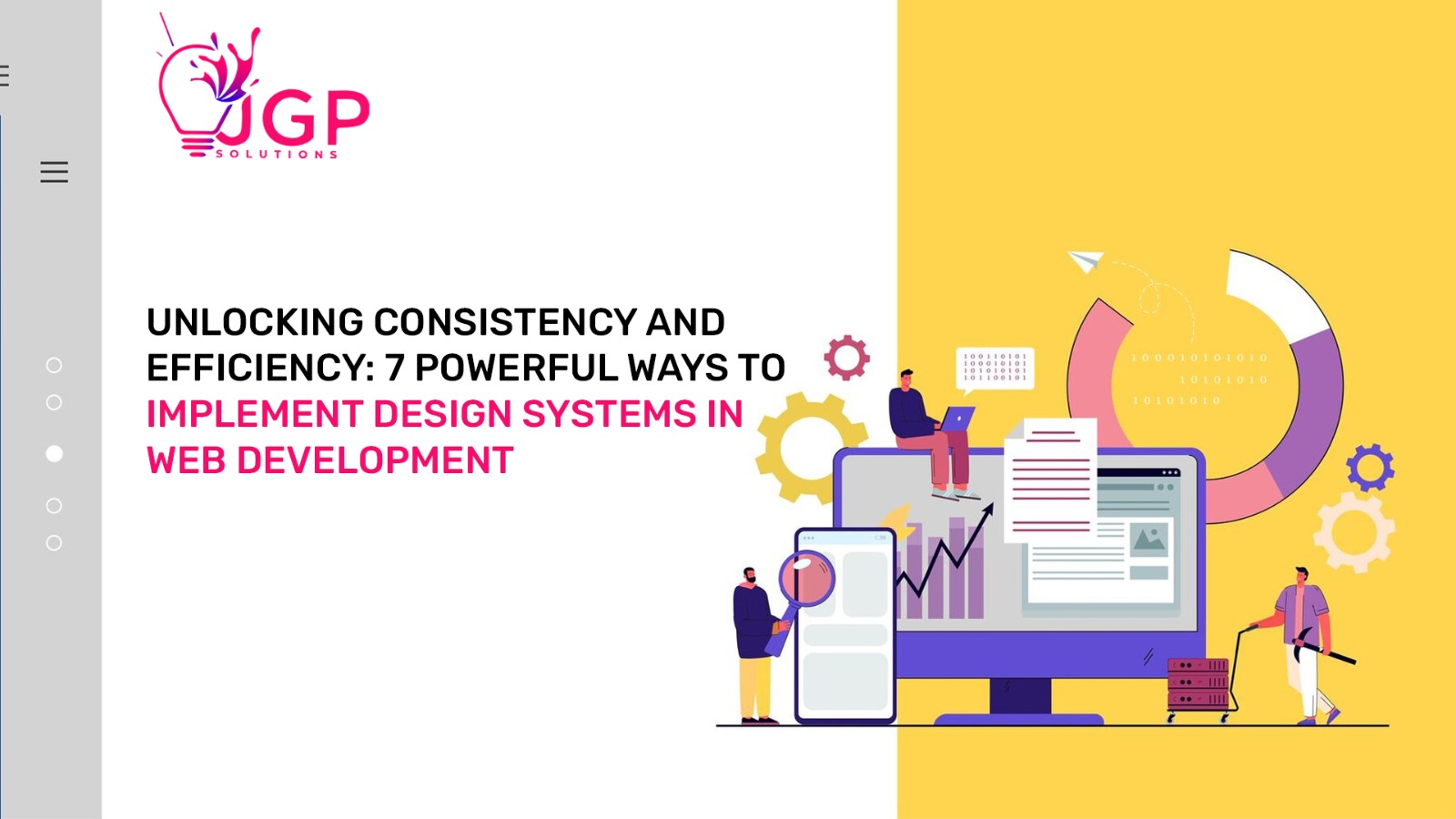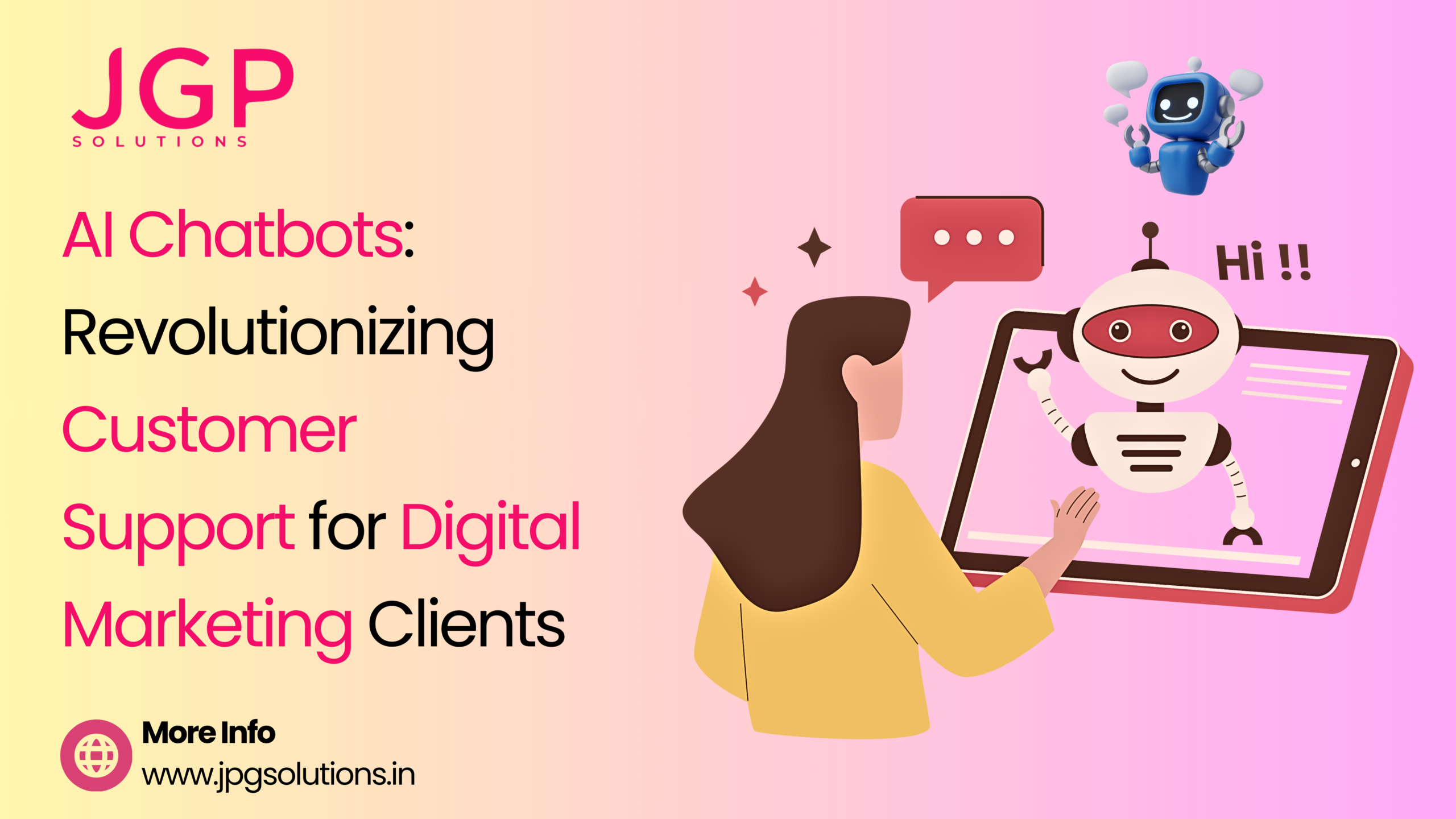In the ever-evolving world of web development, maintaining consistency and efficiency across your projects is crucial. A well-implemented design system can be a game-changer, ensuring that your web development services are streamlined and that your design elements remain uniform and user-friendly. This is especially important for businesses looking to establish a strong online presence. In Hyderabad, where web development and design services are thriving, integrating a robust design system can set your business apart. In this blog, we will explore seven powerful ways to implement design systems in web development and how they can enhance your web design and digital marketing services.
1. Understanding the Core Components of a Design System
A design system is more than just a collection of design patterns and components; it’s a comprehensive framework that includes design principles, style guides, and reusable components. To implement a successful design system, you must first understand its core components:
- Design Principles: These are the guiding philosophies that shape your design choices.
- Style Guide: This includes typography, color palettes, and visual elements.
- Component Library: A repository of reusable UI components such as buttons, forms, and navigation elements.
- Patterns: Design solutions for recurring problems, such as navigation menus or card layouts.
- Documentation: Detailed guidelines on how to use and adapt the components and patterns.
For web development services in Hyderabad, having a comprehensive design system in place can streamline your workflow, reduce redundancy, and ensure that all team members are on the same page.
2. Creating a Centralized Design Repository ( web designe )
One of the key benefits of a design system is having a centralized repository where all design assets are stored. This repository should include:
- UI Components: Buttons, form elements, icons, and other reusable elements.
- Design Tokens: Variables for colors, typography, and spacing that can be used consistently across different platforms.
- Design Guidelines: Instructions on how to apply design elements to different contexts.
By centralizing these assets, you ensure that your web design services in Hyderabad can quickly access and utilize the necessary components, reducing the time spent searching for design elements and promoting consistency across projects.
3. Implementing Design Tokens for Consistency
Design tokens are a fundamental part of a design system. They provide a way to maintain design consistency by defining values for design properties such as color, typography, and spacing. Here’s how to effectively implement design tokens:
- Define Tokens: Create tokens for key design properties. For example, define primary and secondary colors, font sizes, and spacing units.
- Use Tokens Across Platforms: Ensure that tokens are applied consistently across all platforms, including web and mobile.
- Update Tokens Efficiently: When making design changes, update tokens in one place, and those changes will automatically reflect across all components that use them.
For the best web design services in Hyderabad, using design tokens can help ensure that your design remains cohesive and adaptable as your project evolves.
4. Integrating Design Systems with Development Workflow
Integrating your design system into your development workflow can significantly improve efficiency. Here’s how you can do it:
- Design-to-Code Tools: Use tools that convert design specifications into code. Tools like Figma, Sketch, and Adobe XD offer plugins that can help automate this process.
- Component Libraries: Implement component libraries such as React or Vue.js that can directly integrate with your design system, allowing for easy updates and consistent application of design elements.
- Continuous Integration: Implement continuous integration practices to ensure that design updates are automatically tested and deployed.
For web development services in Hyderabad, integrating design systems with your development workflow can streamline processes, reduce errors, and improve collaboration between design and development teams.
5. Fostering Collaboration Between Design and Development Teams
Effective communication between design and development teams is essential for the successful implementation of a design system. Here’s how to foster collaboration:
- Regular Meetings: Schedule regular check-ins between design and development teams to discuss updates, challenges, and feedback.
- Shared Tools: Utilize collaborative tools that allow both teams to access and update design system components and documentation.
- Feedback Loops: Establish feedback loops to ensure that design and development teams can provide input on how well the design system is working and suggest improvements.
In Hyderabad, where web design services are competitive, fostering strong collaboration can lead to more effective design implementations and quicker project turnaround times.
6. Ensuring Scalability and Flexibility
A design system should be scalable and flexible to accommodate future changes and growth. Here’s how to ensure scalability:
- Modular Components: Design components to be modular and easily adaptable for different use cases.
- Documentation Updates: Keep documentation up to date as new components and patterns are added to the design system.
- Version Control: Implement version control for your design system to track changes and manage updates effectively.
For digital marketing services in Hyderabad, having a scalable and flexible design system allows you to adapt your web presence quickly and efficiently to changing market demands and trends.
7. Measuring the Impact of Your Design System
To understand the effectiveness of your design system, it’s important to measure its impact on your projects. Here’s how to do it:
- Track Efficiency Gains: Monitor how much time and effort are saved by using the design system compared to previous workflows.
- Assess Consistency: Evaluate how well the design system maintains consistency across different projects and platforms.
- Gather Feedback: Collect feedback from team members and users to understand how the design system impacts their experience and identify areas for improvement.
For the best web design services in Hyderabad, measuring the impact of your design system helps ensure that it delivers the intended benefits and continues to meet your evolving needs.
Conclusion
Implementing a design system in web development can unlock significant benefits, including enhanced consistency, improved efficiency, and a more cohesive user experience. For businesses in Hyderabad, leveraging a design system can set you apart in a competitive market, whether you’re offering web development services, web design services, or digital marketing services.
By understanding the core components of a design system, creating a centralized repository, using design tokens, integrating with development workflows, fostering collaboration, ensuring scalability, and measuring impact, you can effectively harness the power of design systems to elevate your web projects and deliver exceptional results. Embrace these powerful strategies to unlock the full potential of your design system and achieve remarkable success in your web development endeavors.




